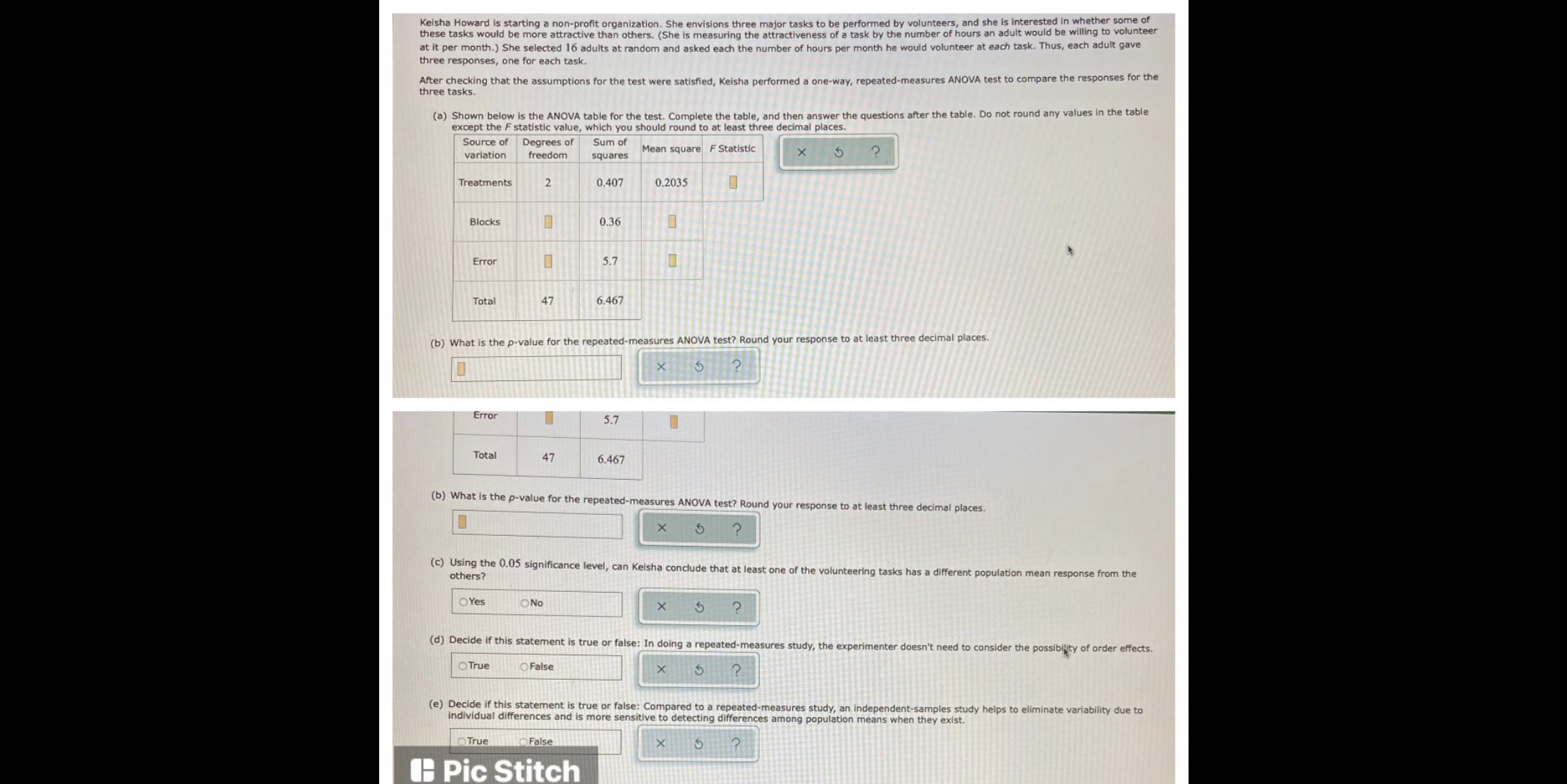Answered step by step
Verified Expert Solution
Question
1 Approved Answer
Keisha Howard is starting a non-profit organization. She envisions three major tasks to be performed by volunteers, and she is interested in whether some of

Step by Step Solution
There are 3 Steps involved in it
Step: 1

Get Instant Access to Expert-Tailored Solutions
See step-by-step solutions with expert insights and AI powered tools for academic success
Step: 2

Step: 3

Ace Your Homework with AI
Get the answers you need in no time with our AI-driven, step-by-step assistance
Get Started


